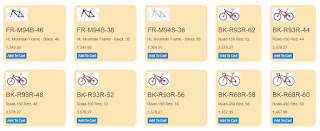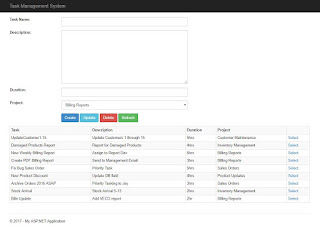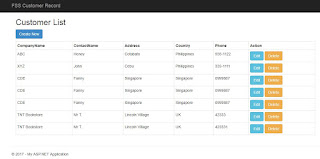Display Images Using Generic Handler In ASP.NET MVC

There are several options on how to show images in ASP.NET MVC. One of them is using a generic handler. This method was applied since the early days of ASP.NET Webforms and still can be used with recent frameworks. The class below will render the images on the page by calling the ProcessRequest method which will then get the image from datasources such as database and file system and return it as a Bitmap object. public class ImageHandler : IHttpHandler { private OnlineShoppingDBEntities shoppingContext; public ImageHandler () { shoppingContext = new OnlineShoppingDBEntities(); } public void ProcessRequest (HttpContext context) { if (context.Request.QueryString[ "ProductID" ] != null ) { Product product = shoppingContext.Products.Find(Convert.ToInt32(context.Request.QueryString[ "ProductID" ])); if (product != null ) { Byte[] bytes = product.Image; int height = 0 ; int width = 0 ; height = 100 ; width = 10...



